-
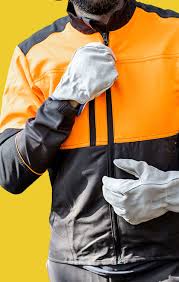
TYPES OF SAFETY CLOTHING FOR WORK. WHICH ONE IS RIGHT FOR YOUR COMPANY?
The choice of the best fabrics for the manufacture of clothing for work uniforms will depend on the climatic conditions, the requirements of comfort, durability, impermeability, etc. Among the most recommended materials, we select the following: Cotton is a soft and comfortable fabric that adjusts well to the skin, making it suitable for office uniforms or clothing used in customer service. Polyester is a durable and wear-resistant fabric, making it suitable for work with a high level of activity. The nylon is a waterproof and windproof fabric, thus it is a recommended fabric for outdoor activities. Flannel refers to a soft, warm fabric that retains heat, making it suitable for work uniforms in cold environments. Lyocell is a type of fabric that is soft, breathable and wrinkle resistant, making it suitable for work uniforms in hot and humid environments. Spandex is a stretchy, comfortable fabric that fits well against the skin, making it suitable for workwear that allows for high mobility.Read more -
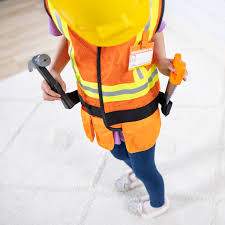
Choosing the Right Protective Clothing
Employers looking to choose the right protective garments for their workers are walking a delicate line. They must look for clothing that is suitable to protect against the unique hazards of the job while also making sure that the clothing does not restrict or make the worker uncomfortable. Protective clothing must meet federal and industry regulations while also allowing workers to finish their job effectively. It is a hard balance to strike, but when done correctly, employers can meet workers in the middle where comfort equals compliance and compliance minimizes injuries. When looking for suitable protective clothing, OSHA’s Personal Protective Equipment (PPE) Standard (29 CFR 1910.132 for General Industry) addresses the most important activities to complete when choosing protective apparel on the job: assessment, selection and training.Read more -
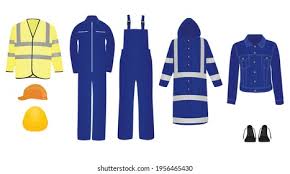
Hi-Vis Clothing: What You Need To Know
Workers operating in low-visibility conditions are at higher risk of injury, and high-visibility clothing is the first line of defense. The same applies to recreational activities. A recent study in Safety Science found that cyclists wearing hi-vis clothing experienced a 47% decrease in accidents.Wearing brightly colored safety clothing significantly reduces the risk of accidents at work or at play.For any business, organization, or individual interested in learning more, we've prepared this helpful guide that gives you what you need to know about hi-vis safety clothing, including the best ways to customize or brand it.Read more -
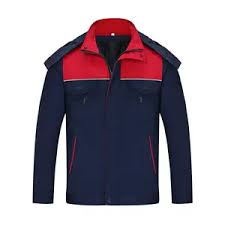
Features of standard workwear
Industrial work clothes are considered as one of the personal protective equipment and all employees must be present at their workplace with appropriate work clothes. Employees` work uniforms have characteristics that are provided to employees under special regulations. Workwear, as a universal covering of the body, usually protects the hands and feet against environmental conditions.Read more -

THE SEEN AND SAFE: HIGH-VISIBILITY CLOTHING'S IMPACT ON WORKPLACE SAFETY
Have you ever found yourself in a situation where you felt invisible? The feeling of being unseen, unheard, and unnoticed can be disheartening and even dangerous. Now, imagine experiencing this on a daily basis in your workplace, where your safety is at stake.Workplaces can be filled with various hazards, from heavy machinery to slippery floors, making safety a top priority. In such environments, being visible to your colleagues and machinery operators is crucial to prevent accidents and injuries. This is where high-visibility clothing comes in.Read more -
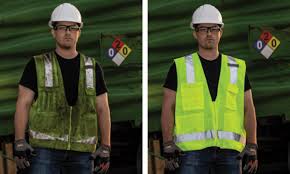
The 3 Key Classes of Safety Visibility Apparel (And When to Use Them) by ANSI
In the United States, hi-vis is defined and categorized by ANSI/ISEA 107-2015 American National Standard for High-Visibility Safety Apparel and Accessories. In Canada, CSA Z96-15 High Visibility Safety Apparel applies instead.The regulations ensure that the right combination of materials and design specifications work together to maximize the user's visibility.Read more -
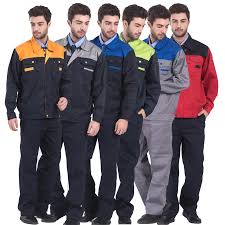
What Is ANSI and What Does It Mean for Safety Apparel?
Employees have the right to a safe and healthy work environment. Safety managers have an essential role to play in the workplace. It's your job to make sure appropriate safety standards and protocols are in place and are being followed, to perform safety audits, and to make corrections as needed. That means paying attention to established safety standards, such as those established by ANSI for safety apparel.Read more -
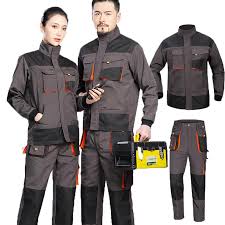
High-Visibility Clothing Standards
The need to be seen is critical for worker safety. This is especially true for employees who work around moving vehicles or equipment. In an effort to prevent injuries and fatalities from “struck-by” hazards, workers wearing high-visibility garments help alert vehicle operators to their presence, especially in low-light environments.Read more -
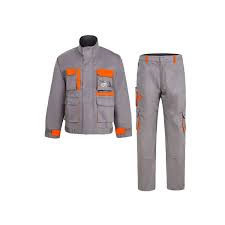
TOOLBOX TALK: PROPER JOB SITE CLOTHING
Our clothes are our first line of defense when it comes to protecting our bodies. Each day we wear our work clothes for eight, ten, and sometimes even more hours; there is nothing worse than working in uncomfortable clothing and/or poorly fitting footwear. Although your work clothes are very important to your safety and health, your comfort is also a consideration. You need to have clothes that are right for the job. They must be sturdy and durable and capable of standing up to heavy wear and tear. You need clothes that will keep you warm in winter and cool in the summer and that will keep you dry in wet and inclement weather. We all know that it’s easier to take off a layer of clothing than not have enough on in cold weather. Wool works best in the cold, while cotton is superior during the warm months. In other words, wear clothes that you can work in comfortably and that are designed for the kind of work you do and the weather in which you must do it.Read more
Email :
person0317@163.com
